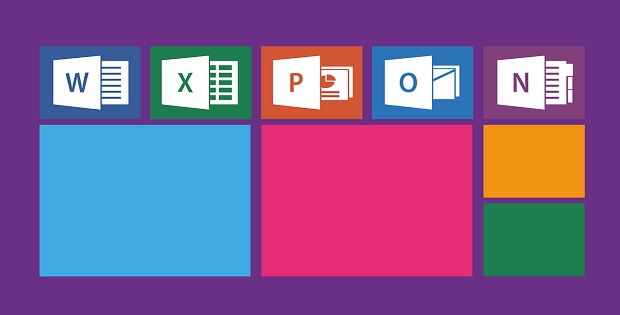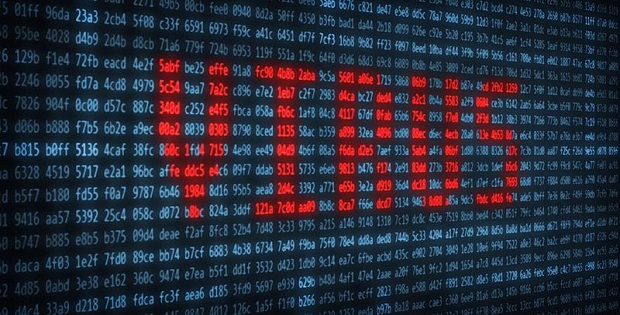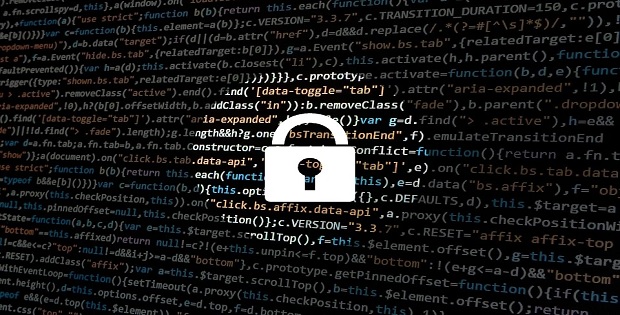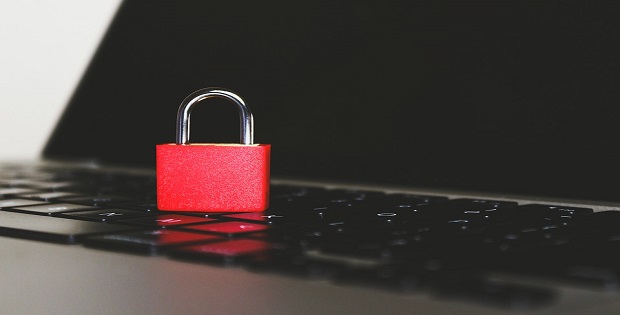Types of Virus on Computer: Prevention Tips
Last Updated on 4 weeks by Touhid
In the world of cyber security, a virus can impact a computer system. There are different types of virus on computer, that can be installed, hack sensitive information, and data can be breached.
Computer viruses can spread through different ways such as removable media, downloading malicious software, visiting vulnerable websites, and clicking on infected advertisements and e-mail attachments.
To learn more keep reading the topic.
Table of Contents
What is a Computer Virus?
A computer virus is a program that is designed to perform malicious actions and spread from one computer to another computer by itself without the user’s acknowledgment. It is a piece of program or code that is executed on a computer or a system.
The main purpose of creating a computer virus is to gain unauthorized access, steal sensitive information, corrupt, or destroy data, and affect the smooth functioning of the computer.
In this post, we’ll discuss different types of viruses on computers. As a computer user, you must know the computer viruses and how they are installed on your computer. Typically, computer viruses never infect naturally, they are always installed or infected by the computer user.
Types of Virus on Computer
The common types of computer viruses in the computer are as follows:
- Boot Sector Virus
- Direct Action Virus
- Resident Virus
- Macro Virus
- Multipartite Virus
- File Infector Virus
- Browser Hijacker
- Polymorphic Virus
- Web Scripting Virus
1. Boot Sector Virus on Computer
A boot sector virus is types of virus on computer or malware that infects the boot sector of floppy disks or the Master Boot Record (MBR) of hard disks.
MBR is a small program and the first sector of the computer hard drive that identifies how the hard drive is partitioned and how to load the operating system. The MBR executes every time the computer starts up and it controls the boot sequence.
This type of virus is activated whenever you start your computer and take control when you start or boot your computer.
Examples: Examples of Boot Sector Viruses are Form, Disk Killer, Michelangelo, and Stone virus
How Boot Sector Virus Spread on Computer?
The boot sector viruses usually spread via infected physical media such as a floppy disk or USB drive. Boot sector viruses are also infected by malware if you downloaded malicious software or received via email attachments.
However, the boot sector viruses essentially accomplish the following way:
- The virus can overwrite or copy the master boot program to another part of the hard disk.
- The computer can infect when it boots up or accesses the infected floppy disk.
- Finally, generates bad disk sectors.
Prevention Tips
It is very difficult to remove a boot sector virus from a computer because it may encrypt the boot sector. However, the best way to prevent the boot sector virus is to use antivirus software. Some specific tips relate directly to boot sector viruses.
- Installing a malware removal tool.
- Update your antivirus software and malware protection.
- Don’t download suspicious documents.
- Careful use of USB devices on your computer.
2. Direct Action Virus
A direct-action virus is a types of virus in cyber security that replicates and infects files in folders immediately. Its main targets a certain type of files, typically .exe and .com files.
This type of virus will execute or be active when you click on the infected file or a file containing a virus. Otherwise, the virus will remain hidden.
It is noted that direct action viruses do not delete any files or impact computer performance and speed, and it only make your files inaccessible.
Prevention Tips
You can easily detect and remove the direct-action virus by installing an anti-virus program.
3. Resident Virus
A resident virus is a types of viruses on a computer that hides and stores itself within the computer’s memory. This virus can infect any file that is run by the computer. It installs malicious code into the Random access memory (RAM) of your computer and infects the programs.
Example: Examples of Resident viruses are CMJ, Meve, and Randex.
How Resident Virus Spread on Computer?
Suppose a user running multiple programs at the same time. If the Resident Virus is active and the user opens a program (i.e., PowerPoint), then the virus will infect all those running programs.
Prevention Tips
Here are the simple steps to find out and remove the resident virus from your computer.
- Go to Strat -> Type Task Manager and Click on the Process Tab
- Find out the Resident Virus and Click on End Task
- Go to Strat -> Type “regedit” and Click on Yes for “Registry Editor”
- Now, expand the “HKEY_LOCAL_MACHINE” and press “Ctrl+F”, then type a Resident Virus name.
- Delete the suspected files by right-clicking.
4. Macro Virus
A macro virus is types of virus in computer that is written by macro language such as VBA. The Macro virus spreads from one computer to another computer through software application programs such as Microsoft Word, PowerPoint, and Microsoft Excel.
Microsoft Word and Microsoft Excel are the two most popular applications programs which can execute macros. When a macro virus infects an application program, then it can create new files, move text, corrupt data, send files, and insert pictures.

How Do Spread Macro Viruses in Computer?
Macro viruses are spread whenever you open an infected file or document. However, here are the most common ways that macro viruses can spread:
- Through phishing emails.
- Sharing files on a disk or a Network.
- Download and open an email attachment file.
- Downloading and opening a file from the internet.
Prevention Tips
To protect from macro viruses, you should use antivirus software. There are professional anti-virus software such as Norton, Bitdefender, Kaspersky, Panda, ESET, Avast, and AVG. So, you can use one of them and keep updated with an updated version.
5. Multipartite Virus on Computer
A multipartite virus is a special type of fast-moving virus on a computer that can attack both the boot sector and the system or the program files at the same time. This type of virus can spread by performing unauthorized activities on your operating system, files, folders, and programs.
Prevention Tips
It is very difficult to detect and remove the Multipartite Virus from your computer because it is spreading very fast. However, here are some tips on how to avoid any types of computer viruses and multipartite viruses.
- Install a trusted anti-malware software.
- Never open and download email attachments from a nontrusted source.
- Update the antivirus software.
- Scan the file and document using antivirus software.
6. File Infector Virus
A File Infector Virus or File Infector is a types of viruses on computer that infects executable files (.exe) of programs and operating systems (Windows, UNIX, and Macintosh). This type of virus overwrites the existing code or inserts infected code into an executable file.
File-infecting virus formatting the hard drive, damages or slows down the programs or makes them unusable and overwrites the host files.
How to Spread File Infector Virus in Computer?
If you run a program that has been infected by that virus, then the Virus can replicate the malicious code to other applications. It can also replicate and spread through the entire system and over the network.
7. Browser Hijacker
A browser hijacker is unwanted software that modifies web browser settings without the user’s permission and automatically redirects to a malicious website.
If you enter a domain name or website address in the web address bar, then the browser hijacker will open multiple vulnerable websites and may damage your computer.

Some common examples of Browser Hijacker are GoSave, Ask Toolbar, and RocketTab.
Symptoms of Browser Hijacking
This type of viruses has several symptoms on computers such as:
- Pop-up advertisement on a web browser.
- Redirected to multiple vulnerable websites.
- Web pages are loading very slowly.
- Changes in the homepages and search engine
Prevention Tips
Here are the special tips on how to prevent Browser Hijacking viruses on computers:
- Use anti-virus software such as Norton, Bitdefender, Kaspersky, Panda, ESET, Avast, and AVG.
- Update Operating System.
- Don’t Click on Suspicious Link.
- Update web browser.
8. Polymorphic Virus
A polymorphic virus is a complicated type of virus on a computer that changes its code and appearance every time and infects a new file of a computer. The polymorphic virus duplicates by copies of itself, creating new or modified code.
It frequently changes identifiable characteristics such as file names, types, or encryption keys. So, it is very difficult to detect them by using an anti-malware program.
Prevention Tips
Here are a few important tips for protecting from Polymorphic Viruses on computers:
- Keep Your Software Up to Date.
- Never Click on Suspicious Links.
- Use Strong Passwords and Change Regularly.
- Use professional anti-virus software.
9. Web Scripting Virus on Computer
A web scripting virus is another types of computer virus that breaches web browser security. In web scripting, the attackers can inject client-side scripting into the web page and take access controls to steal sensitive information from a web browser.
This type of virus exists in website content such as images, ads, videos, and URL links. When you click on it, the viruses will automatically download malicious programs or will redirect you to vulnerable websites.
Prevention Tips
Here are some helpful tips for preventing web scripting viruses:
- Use anti-virus software
- Do not visit unknown or untrusted websites
- Do not click on suspicious content (such as images, ads, videos, and URL links).
- Check the visiting website is secured by SSL(Secure Socket Layer).
Symptoms of Different Types of Virus on Computer
If your computer is infected by a virus or malware then, you may see the following symptoms or signs on your computer.
- The computer is Slowing Down
- Unexpected Pop-up Windows Appearing
- Unwanted Programs Start Automatically
- Missing Files and Programs
- System Crashing
- Out of Storage Space
- Computer Malfunction
- Blocked From Antivirus Sites
- Advertisements on Web Browser
- Files Turned into Shortcuts
Learn More About Symptoms of Computer Virus.
Conclusion
A computer virus is one type of malware which has designed to harm your computer system by deleting files, damaging documents, or reformatting the hard drive.
In this post, we’ve discussed common types of virus on computer and how to remove the virus from your computer. Hope this article will be helpful for you to protect from computer viruses.







